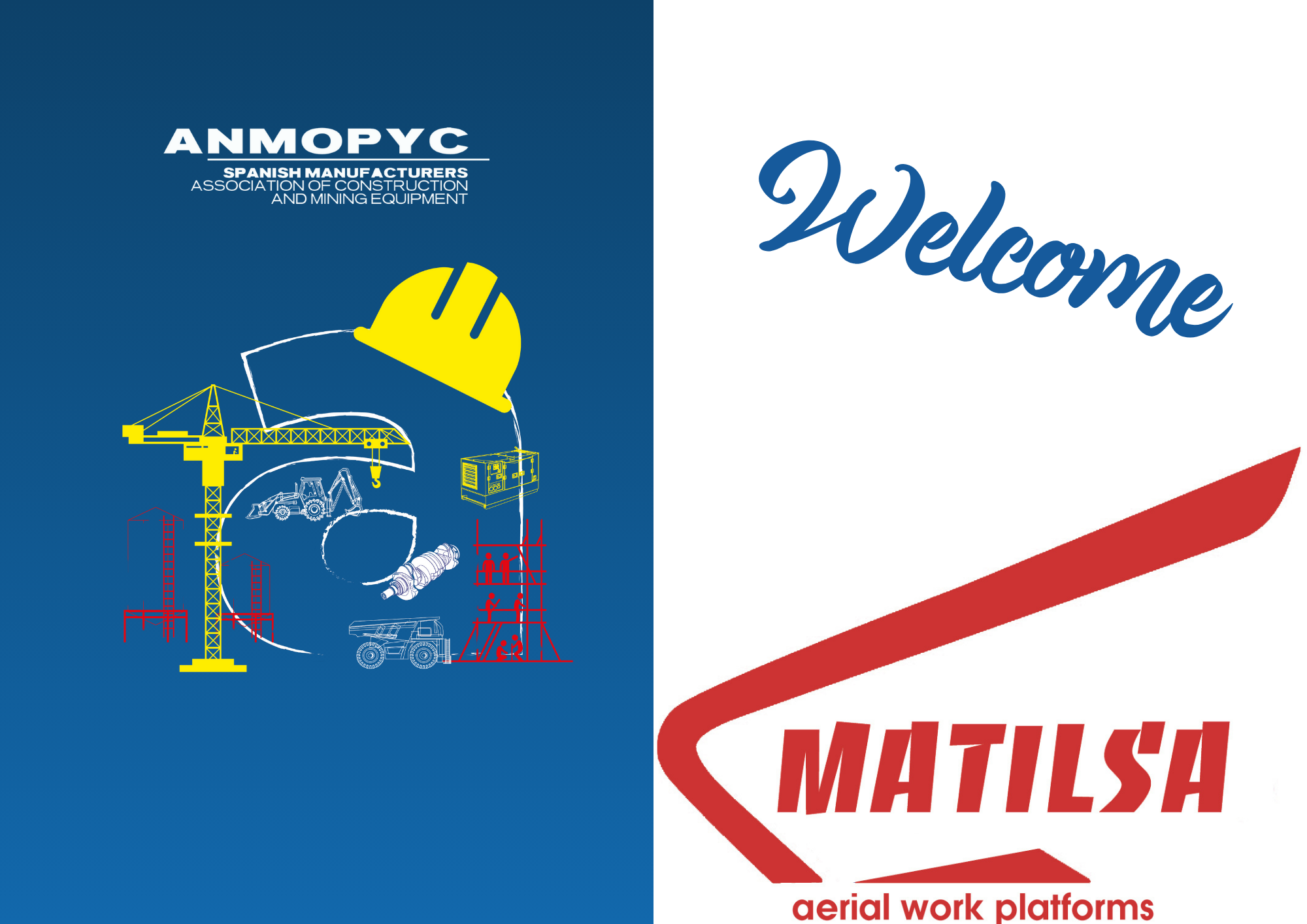ULMA provides high performance and safety in the construction project of the Hanza Tower, Poland
.jpg)
Members news
03 Feb 2020
The Hanza Tower, located in the centre of Szczezin, Poland, will be one of the tallest buildings in the area drawn between the cities of Berlin, Gdansk, Gdynia, and Sopot.
ULMA is working along with JW Construction to offer comprehensive formwork and scaffolding solutions for the construction of this modern complex that will offer close to 500 luxury apartments, offices, and commercial spaces, distributed throughout 30 storeys, including four subterranean levels.
The building, which will reach more than 100 m in height, requires standard safety measures that ULMA has provided with HWS Perimeter Safety Screens. These screens offer a versatile solution based on the standard MK System, capable of adapting to any geometry or configuration
necessary.
More than thirty HWS Perimeter Safety Screens have been employed, each measuring 9.60 m in height and 5.40 m in width so as to completely cover the storey where formwork is in use and the two storeys immediately below. This system provides safe and convenient working conditions at heights where strong gusts of wind are frequent. As the structure advances in height, the screens are raised by lightweight hydraulic equipment and a system of portable cylinders, thereby eliminating the costs of crane rental.
Working platforms were used to provide safe access and ample working space as well as room for the lifting of the construction material. The access platforms were equipped with BRIO stairways to provide access to the levels where the lift did not reach. The lifting platforms provided storage areas for the material needed to execute the subsequent storeys.
The modular aluminium CC-4 Formwork system was used in conjunction with EP Props to form the lifting unit needed for slab pouring, offering increased efficiency thanks to the innovative drop-head design that allows the formwork to be lowered 15 cm without falling to the floor, thus guaranteeing worker safety and preventing equipment damage during material recovery.
For the exterior of the building core, the flexible and safe RKS Rail Climbing System was chosen not least for is ability to advance without separating from the wall structure using the same hydraulic equipment used to lift HWS assemblies.
For more information, watch the Hanza Tower building project video.
 |
 |
 |
The building, which will reach more than 100 m in height, requires standard safety measures that ULMA has provided with HWS Perimeter Safety Screens. These screens offer a versatile solution based on the standard MK System, capable of adapting to any geometry or configuration
necessary.
More than thirty HWS Perimeter Safety Screens have been employed, each measuring 9.60 m in height and 5.40 m in width so as to completely cover the storey where formwork is in use and the two storeys immediately below. This system provides safe and convenient working conditions at heights where strong gusts of wind are frequent. As the structure advances in height, the screens are raised by lightweight hydraulic equipment and a system of portable cylinders, thereby eliminating the costs of crane rental.
Working platforms were used to provide safe access and ample working space as well as room for the lifting of the construction material. The access platforms were equipped with BRIO stairways to provide access to the levels where the lift did not reach. The lifting platforms provided storage areas for the material needed to execute the subsequent storeys.
The modular aluminium CC-4 Formwork system was used in conjunction with EP Props to form the lifting unit needed for slab pouring, offering increased efficiency thanks to the innovative drop-head design that allows the formwork to be lowered 15 cm without falling to the floor, thus guaranteeing worker safety and preventing equipment damage during material recovery.
For the exterior of the building core, the flexible and safe RKS Rail Climbing System was chosen not least for is ability to advance without separating from the wall structure using the same hydraulic equipment used to lift HWS assemblies.
For more information, watch the Hanza Tower building project video.
 Earthmoving, Compaction, Materials handling and Transport
Earthmoving, Compaction, Materials handling and Transport
 Machinery for Mining and Construction Special Works
Machinery for Mining and Construction Special Works
 Plants and Machinery for the Production of Construction Materials
Plants and Machinery for the Production of Construction Materials
 Light and Auxiliary Equipment
Light and Auxiliary Equipment
 Lifting Equipment for Persons and Loads
Lifting Equipment for Persons and Loads
 Auxiliary Equipment and Elements
Auxiliary Equipment and Elements
 Components, Spare Parts and Accessories
Components, Spare Parts and Accessories



